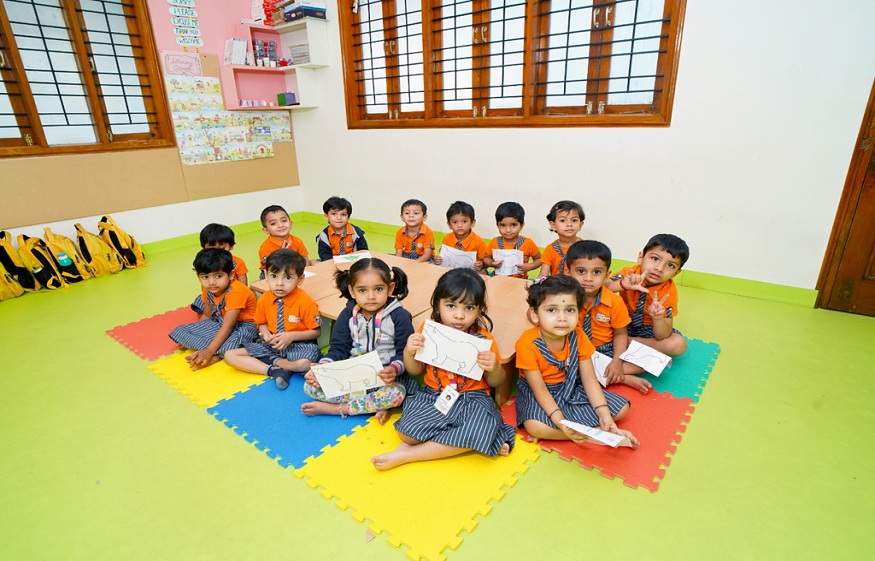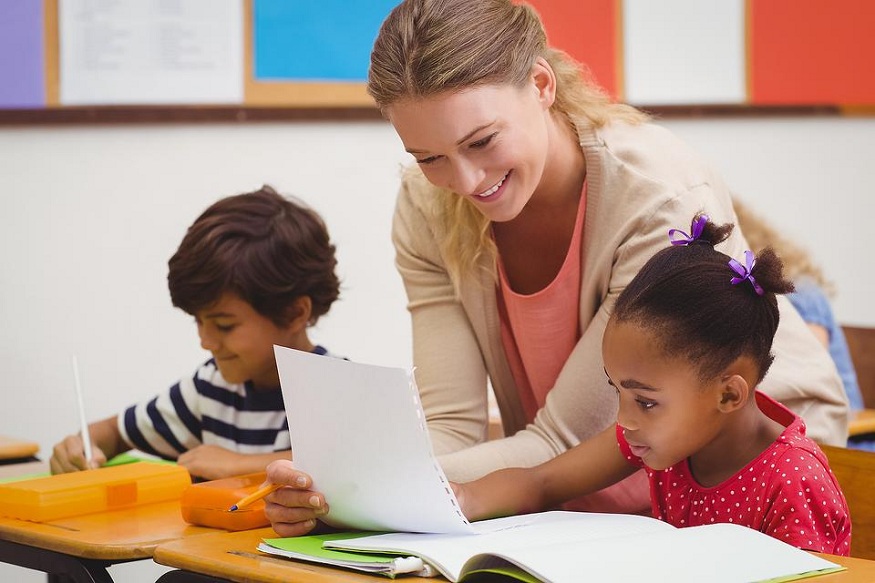A silent epidemic is raging in our homes, classrooms, and playgrounds. You’ll find its symptoms in the hunched shoulders of a child hunched over a lightbox, the blank stare of a teenager lost in endless TikTok videos, or the growing anxiety of a preteen girl comparing herself to Instagram filters.
The endless hours spent in front of devices are quietly rewriting the pattern of childhood, reshaping the way young people think, interact, develop and experience the world.
Today, kids ages 8 to 18 spend between 5 and 9 hours in front of screens , but less than 10 minutes a day playing in nature. The result? Rising rates of anxiety, self-image dissatisfaction, reduced attention spans, decreased creativity, and sleepless nights. Brain scans even show that kids glued to their screens experience premature thinning of the prefrontal cortex, the brain’s control center for impulse control, attention, emotion regulation, and decision-making.
The benefits of technology are undeniable: it is a tool for education, connection and innovation. However, the ubiquity of devices comes at a cost.
The very essence of childhood— curiosity, exploration, and connection —is being fragmented by algorithms and devices designed to steal children’s attention, preventing them from experiencing the messy, wild world around them.
The role of nature in children’s development
But there is a solution to this problem, and it won’t necessarily come from stricter screen time rules or the next “ethical tech” app. The antidote is much simpler and much older. It’s the original technology: nature.
The unfiltered beauty of the natural world offers something that no device can replicate. Studies consistently show that time spent in nature improves mental health, reduces stress, and builds focus, resilience, and empathy.
Nature literally recalibrates the brain, providing a much-needed antidote to the relentless bustle of the digital age. Kids who climb trees, explore parks, and get their hands dirty rediscover their ability to think creatively, solve problems, and rise to challenges. On a deeper level, nature helps kids reconnect with themselves, each other, and the living world.
Forest Schools: A Different Approach to Education
Forest school is one movement contributing to this reconnection. Forest schools are based on a simple but radical idea: the best classroom has no walls. Here, nature teaches.
Perhaps nowhere is forest school more essential than in urban environments, where young people are often surrounded by concrete, noise and the hum of modern life.
Students at Padbury Primary School in Perth are transforming their school into a forest. Led by conservationist Grey Coupland, the students are becoming citizen scientists and planting forests on their school grounds using the Miyawaki method to help nature thrive in urban environments. Developed in the 1970s by Japanese botanist Akira Miyawaki, the Miyawaki method is a technique that involves carefully selecting native plants to create dense, fast-growing pockets of biodiversity in urban spaces that mimic natural forest ecosystems.
The Miyawaki Method: A Solution for Urban Environments
The Miyawaki concept dates back to the 1970s, when Japanese botanist Akira Miyawaki noted the decline of forests across Japan . Yet amidst this ecological distress, he noticed resilient pockets of primary forest around temples and shrines. Inspired by these natural wonders, he developed the Miyawaki method, which involves planting mini-forests across Japan and Southeast Asia.
Today, Coupland works with children in Perth to build forest schools. Together, they make compost from food waste, creating a circular waste system where yesterday’s waste feeds tomorrow’s trees . Then they plant. Native plants take root, carefully chosen to thrive in their local environment, and soon a forest begins to emerge – one that provides shade, cools the air and attracts wildlife.
But the process doesn’t end with planting. Each month, children measure plant growth, monitor soil health and air temperature, and collect data on the diversity of species in their forest. They don’t just observe change—they create it. In the process, they learn skills that extend far beyond the playground: collaboration, problem-solving, and a deep respect for the natural world.
Forest schools multiply in Perth
Inspired by the Miyawaki method and its potential for urban areas, Coupland presented her idea to the principal of a local school and the UNESCO Green Citizens project. Soon, her idea became a reality.
And the movement is gathering pace! Miyawaki forests have sprouted in fifteen Perth schools , with children, teachers and local communities working together to transform urban spaces into thriving ecosystems.
The childhood pattern has not been lost in the screens: it is there, in nature, waiting quietly. We just need to help children find their way.
This article was written by Natalie Kyriacou OAM . Natalie is a UNESCO Green Citizens Scout. She is a board member of the Foundation for National Parks and Wildlife, a board member of CARE Australia, founder and chair of My Green World, a member of the XPrize Brain Trust for Biodiversity and Conservation, and the Australian delegate and climate justice lead at the W20 (the official engagement group of the G20).


